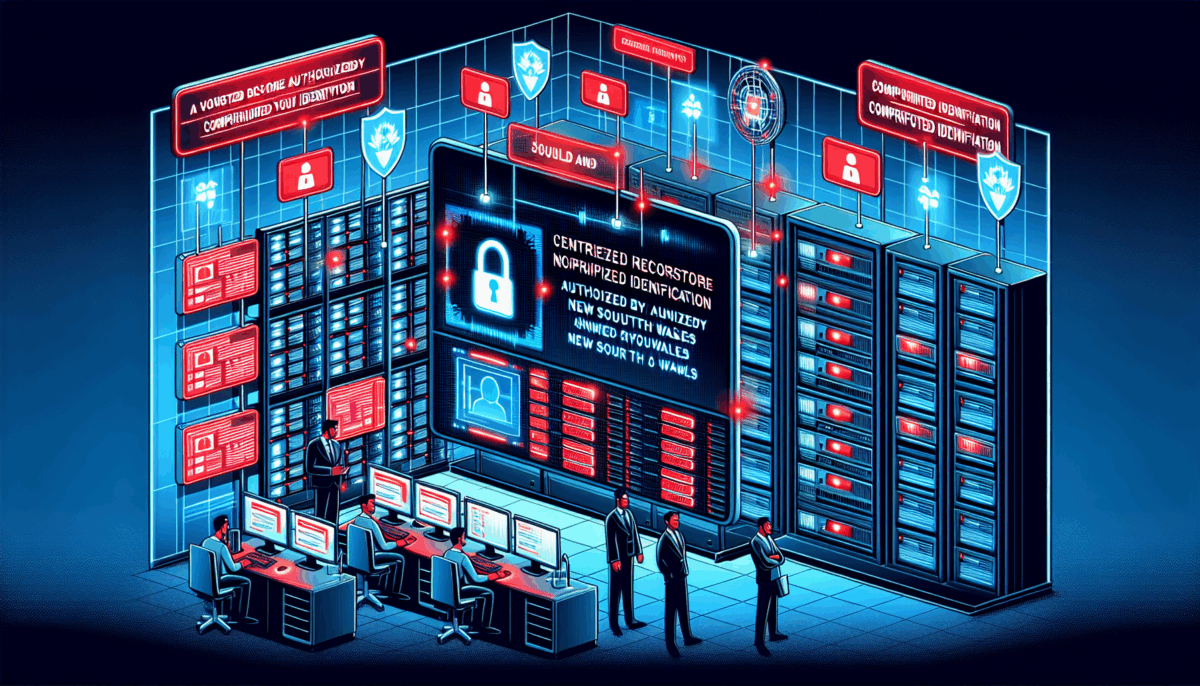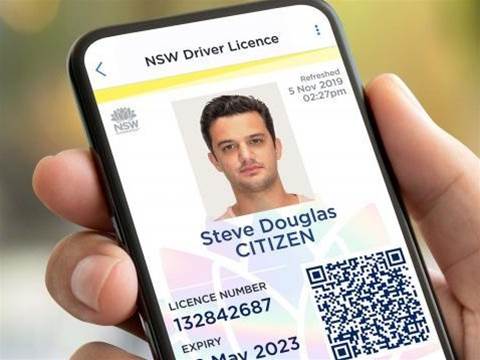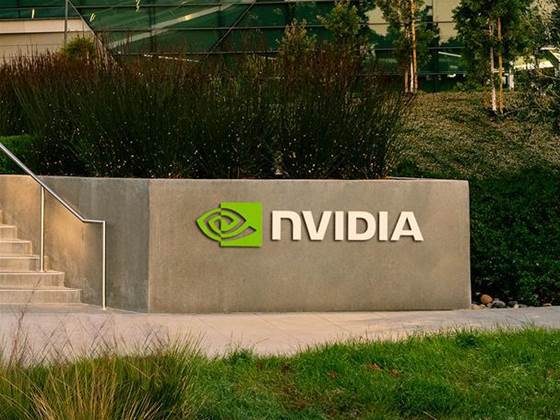Google’s Genie 3 AI Creates Playable Video Games from Only One Prompt
We independently review everything we recommend. When you buy through our links, we may earn a commission which is paid directly to our Australia-based writers, editors, and support staff. Thank you for your support!
- Google launches Genie 3, an AI model that creates interactive realms from basic prompts.
- Genie 3 utilizes world models, providing real-time generation of virtual spaces.
- This innovation seeks to make virtual experience creation accessible to everyone, moving past fixed media.
- Use cases encompass game design, robotic training, and educational tools.
- Genie 3 represents an important advancement toward achieving Artificial General Intelligence (AGI).

Transforming Virtual Experience Creation
Today, Google reveals Genie 3, a groundbreaking AI model that can generate interactive worlds from simple text or image inputs. This innovative technology goes beyond conventional generative AI, allowing users to navigate dynamic environments instead of merely examining static images and text.
Developed by Google’s DeepMind team, Genie 3 symbolizes a new frontier in ‘world models’. This AI comprehends the principles of our world and can rapidly create a virtual equivalent. Picture inputting a description like “a mystical forest with luminous mushrooms and a concealed river” and being able to explore it instantly. Genie 3 enables everyone to design virtual experiences, not just those skilled in coding.
Limitless Applications and Consequences
The potential uses for Genie 3 are extensive, from creating innovative video game levels to preparing robotic agents for various simulated environments prior to real-world application. Google DeepMind claims this is a crucial step toward Artificial General Intelligence (AGI).
“Today we are unveiling Genie 3, a versatile world model that can produce an unparalleled variety of interactive environments. World models are a fundamental component on the journey to AGI, as they enable the training of AI agents within an infinite array of rich simulation environments.”
Google DeepMind
What is Genie 3?
Genie 3 is a multi-purpose world model engineered to instantly create a diverse range of interactive environments. It employs a text prompt to generate navigable worlds in 720p resolution, operating smoothly at 24 frames per second and maintaining stability for several minutes. This capability makes it excellent for simulating natural habitats as well as imaginative scenarios.
The model excels at imitating physical characteristics like illumination and water and managing intricate interactions in both fictional and historical settings. Users can traverse these environments as if they are real, marking a notable advancement toward more immersive AI encounters. DeepMind markets it as a tool for creating limitless training landscapes for AI systems.
How Does Genie 3 Operate?
Genie 3 functions through auto-regressive generation, constructing each frame in sequence while incorporating prior actions and user inputs for immediate responsiveness. This aspect guarantees that revisiting locations retains earlier details, eliminating environmental inconsistencies over time.
A distinctive feature is the promptable world events, permitting text commands to modify scenes—such as adjusting the weather or adding new characters. This function enhances interactivity beyond simple navigation.
Performance and Features
Environmental Stability
Genie 3 preserves world consistency for several minutes, with visual memory staying intact even as elements move in and out of sight, attributed to its training.
Instant Interaction
Genie 3 is the first of its kind, enabling users to engage with the generated world in real-time, a significant improvement over earlier models.
Remarkable Performance
The model creates dynamic worlds, maintaining consistency at 24 frames per second with a 720p resolution, providing a smooth and responsive experience.
This technology could radically alter game development, allowing developers to quickly prototype concepts or even enabling games to produce limitless new content for players. It opens a realm of creative opportunities for storytellers, artists, and educators.
Google’s DeepMind has shared a video showcasing the possibilities, and it’s truly remarkable. This could essentially represent the future of gaming.
Regarding public access, Google has yet to provide a release date for Genie 3. Currently, it remains a research initiative, but it illustrates an exciting vision for the future of content creation.
For further details, visit the Google DeepMind blog.
Conclusion
Google’s Genie 3 marks a remarkable advancement in generative AI, crafting interactive worlds from straightforward prompts. With applications in game design, training, and education, this innovation paves the way for breakthroughs in AI and virtual interactions.












